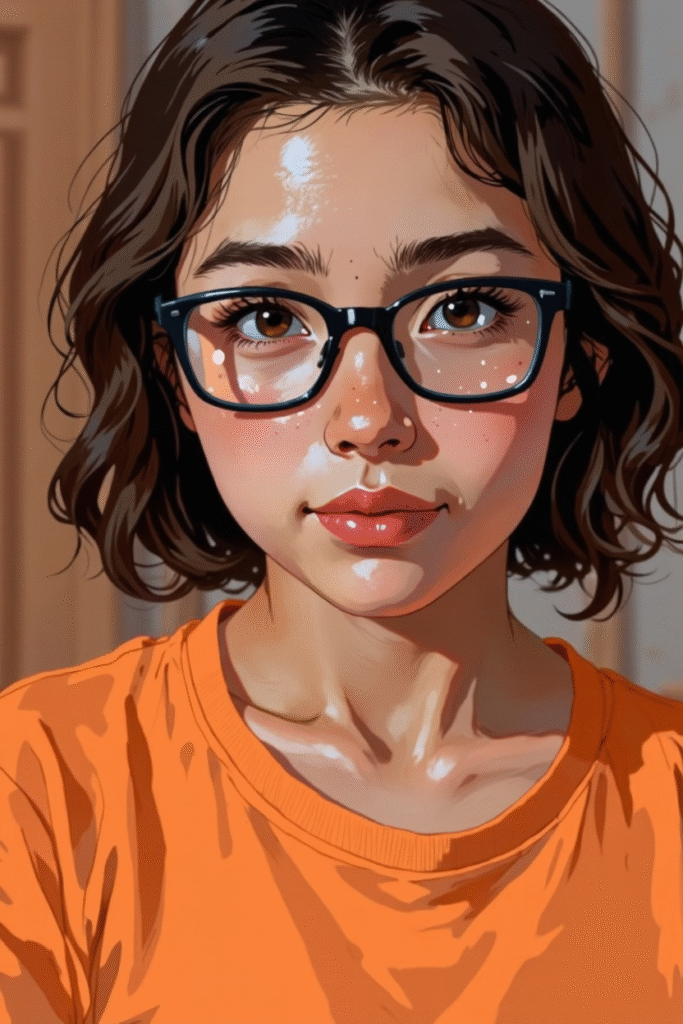
🎨 Ghibli Style AI Trend: Is ChatGPT Stealing Your Data Through Ghibli Art? What the AI Chatbot Said
The dreamy, nostalgic charm of Studio Ghibli has captured millions of hearts—and now, thanks to AI, it’s making a stunning comeback in digital form. If you’ve recently scrolled through Instagram, Reddit, or TikTok, you’ve likely seen AI-generated Ghibli-style images—whimsical scenes, soft pastel tones, and fantastical creatures, all made by tools like ChatGPT or other generative AIs.
But as the trend explodes, so do concerns: “Is ChatGPT stealing my data to generate these images?” Let’s unpack what’s really happening behind the digital curtain.
🌟 What Is Ghibli-Style AI Art?
Ghibli-style AI art refers to AI-generated visuals that mimic the aesthetic of Studio Ghibli, the legendary Japanese animation studio behind Spirited Away, Howl’s Moving Castle, and My Neighbor Totoro. These dreamy creations are often generated using tools like MidJourney, DALL·E, or Stable Diffusion, which are sometimes integrated into platforms like ChatGPT.
Thanks to prompts like “Ghibli-style forest scene” or “anime girl in a Ghibli-style cityscape,” these tools can render uncanny, painterly results that feel straight out of a Hayao Miyazaki film.
🤖 Is ChatGPT Creating These Images?
Not exactly—ChatGPT does not directly generate images. Instead, ChatGPT can guide users with prompts for image-generation tools like DALL·E, which is OpenAI’s own image model. When you ask ChatGPT to generate a Ghibli-style scene, it might give you a prompt or even produce the image if DALL·E is integrated into your session.
However, here’s the crucial bit: ChatGPT isn’t scanning your files or stealing your artwork to create them.
🔐 Is ChatGPT Stealing My Data?
The short answer? No.
OpenAI has clarified that ChatGPT does not access personal files, devices, or hidden data unless you explicitly provide that information in the chat. Your photos, art, or previous creations are not secretly being used to train models or generate content.
Here’s what ChatGPT itself had to say when asked:
“I don’t store or access your data unless you share it with me in the conversation. My responses are generated based on patterns in the training data, not from your personal files.”
Still, it’s important to note: if you upload an image or give a prompt based on your artwork, it may be processed to generate a response, but it isn’t stored or reused unless you’re part of a feedback program or you’ve explicitly opted in.
💡 So Where Do the Ghibli-Style AI Art Pieces Come From?
Many of these are generated using public prompts and pre-trained models. These models are trained on massive datasets of publicly available art, including anime and fantasy art styles. Whether or not Ghibli-style art violates copyright is a separate debate—but it’s not personal data theft.
If you’re worried about AI generating art that looks like yours, you’re not alone. Artists around the world are advocating for transparent datasets and ethical AI usage.
📢 Final Thoughts: Enjoy the Trend, But Stay Informed
AI is powerful, creative, and evolving fast—but it’s not out to steal your secrets. The Ghibli-style AI trend is fun and visually enchanting, but you should still be cautious with what you upload or share.
If you’re using ChatGPT with image tools, rest easy: your data isn’t being secretly mined. Still, if you’re an artist or creator, keep your eyes on the terms of service and AI transparency efforts to stay in control of your content.